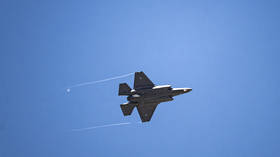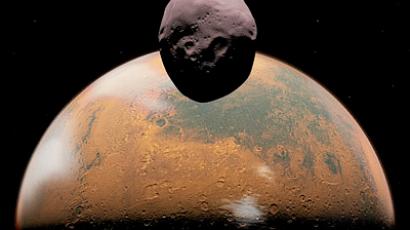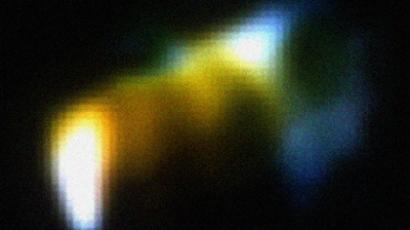Doomed Martian probe caught on camera days before downfall
An amateur astronomer from Paris has managed to shoot video of the Russian interplanetary probe Phobos-Grunt, currently stuck in orbit and expected to fall to Earth in mid-January.
Thierry Legault, who made the recording, was surprised to learn that, as he saw no sign of the probe tumbling. He noted that the images show the Phobos-Grunt moving backwards, with the solar panels deployed but not lit by the Sun. “It’s not surprising that it had no energy to communicate!” he said.The veteran recreational astronomer drove hundreds of kilometers to get a clear image of the probe, which he shot on January 1 from the Calern Plateau observatory above Nice in the French Riviera.
Earlier, Legault managed to film the ROSAT and UARS satellites as well as the shuttle Atlantis during its last mission. Last Friday, Russia’s Federal Space Agency (Roscosmos) predicted that fragments of the probe with a total mass of 200 kg would fall to Earth between 10 and 21 January, the most likely date being January 15. However, only remnants of the apparatus will reach Earth's surface as most of the probe will burn as it enters the atmosphere at an altitude of 100 km above ground.Roscosmos has also stressed that a more-or-less exact prognosis on the coordinates of the crash will only be able to be made a few hours before the collision.Phobos-Grunt was launched from the Baikonur Cosmodrome in Kazakhstan on November 9. Costing over 5 billion rubles ($200 million), it was supposed to retreive soil samples from Phobos, a moon of Mars, but got stuck in a support orbit due to an engine failure shortly after launch.It was initially delivered to orbit with an apogee of 340 km and a perigee of 207 km. Despite being offline, evolutions of the orbit of the probe were registered: it started to gain altitude at a rate of 0.5 km per day, but on November 21 the process reversed.















